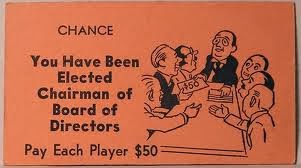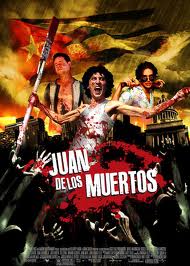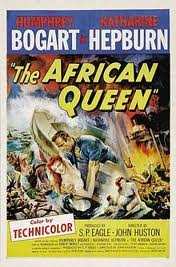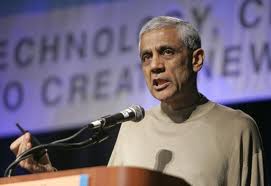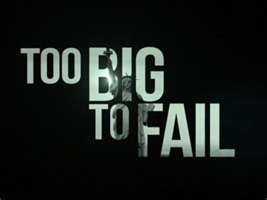Remember when the housing bubble burst? Now that we're in the midst of a faintly felt and quite possibly illusory "recovery," apparently the US housing establishment intends to tie up loose ends from the debacle. The "establishment," in this case, refers to the unholy alliance of federal agencies, financial services firms, and propaganda arms (such as the National Association of Realtors) which created and fostered the housing disaster.
Exhibit A comes from the recent settlement of an
FDIC lawsuit against three Washington Mutual (WaMu) executives for their impetuous, greedy risk taking in the housing market. In case you don't remember,
WaMu was one of the more spectacular bank failures of the past half-dozen years. The three executives in question, however, earned more than $95 million between 2005 and 2008.
The settlement, according to online editions of Bloomberg News, will pay $64 million to the FDIC. However, "the cash payments made by the three former officers," the Bloomberg News report states, will total about $400,000. The remainder will come from a WaMu insurance policy. The former execs' had chutzpah and a highly developed sense of entitlement: they had sued for retirement benefits and "golden parachute" payments totaling many millions of dollars. The settlement, meanwhile, is perceived as a face-saving expedient for the FDIC, whose boss at the time involved in the litigation,
Sheila Bair, is something of a financial media darling.
 |
| Sheila Bair |
Intriguingly,
a December 11th Bloomberg Business Week story noted that Ms. Bair "is a top candidate among state officials to ensure banks comply with any settlement of a nationwide foreclosure probe."
Exhibit B centers on housing data supplied by the National Association of Realtors (NAR). It turns out the NAR has suddenly discovered it has "accidentally" pumped up housing sale figures for a number of years.
The NAR's methodology and stats were publicly questioned in a February, 2011 Wall Street Journal article, according to a post in the financial blog Zero Hedge. Well, by gosh and by golly, it only took the NAR ten months to confirm there was gambling inside its own casino. What are some implications of the NAR's dip into
glasnost?
 |
| Lawrence Yun |
Let's hear it from NAR frontman
Lawrence Yun: "For the real estate business
, this means the housing market's downturn was deeper than what was initially thought." Meanwhile, left unsaid was that the below-the-surface portion of the housing iceberg -- the shadow foreclosure market -- is likely to emerge and become much more visible in 2012. The disruptive emergence of low-cost housing is a nightmare for American economic and social policy makers. Consequently, it may be time to get the public ready for "continued sluggishness in the housing market." Given that a home in most Americans' primary financial asset, the recast housing figures would imply continued devaluation of residential home prices. If you're among the 99% crowd, that's bad news.
Exhibit C is recondite, but gets to the heart of the corruption's machinery.
According to a Bloomberg News report, Morgan Stanley has settled a lawsuit against MBIA over the latter firm's credit default swaps. The deal means
Morgan Stanley gets paid over a billion dollars, while MBIA drops a $300 million-plus counterclaim against MS. The significance of MBIA's action was that it had targeted $233 million of Morgan's residential mortgage-backed securities, and thus keeps them away from unwanted publicity.
As the
Bloomberg News story notes, this litigation was just part of the many lawsuits major Wall Street and other financial services launched against
MBIA. Basically, the contention was that MBIA created a "fraudulent conveyance" to ship out horseshit mortgage-backed securities, while keeping MBIA's valuable state and municipal bond guarantee business intact. (This episode was a very big deal in 2009, and then forgotten about, except in the war rooms of major money players.)
The question that arises is why issues associated with the housing market's corruption are being tidied up now?









